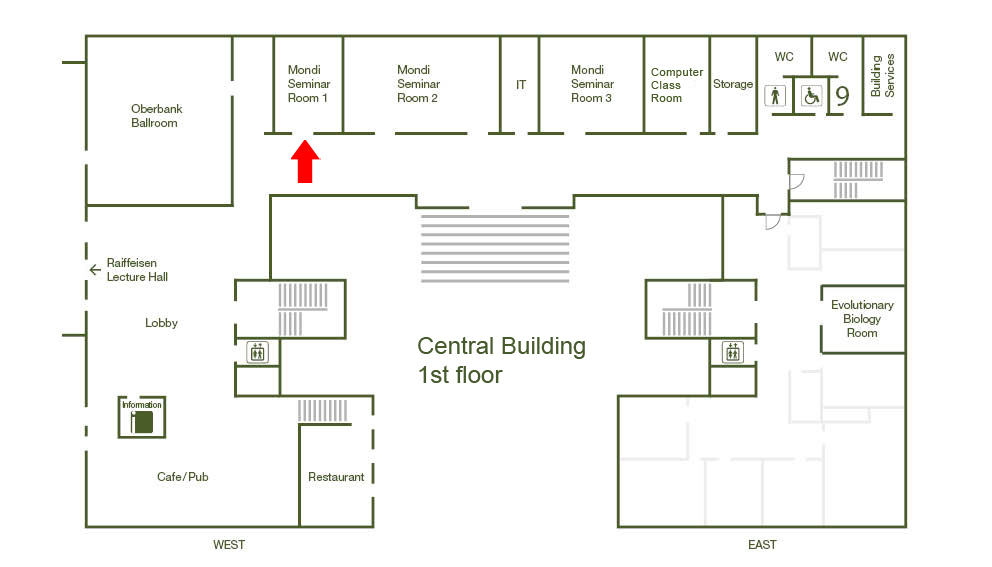Stars Disrupted, Destroyed and Coalesced
Date
Thursday, December 12, 2024 11:00 - 12:00
Speaker
Iair Arcavi (Tel Aviv University)
Location
Central Bldg / O1 / Mondi 1
Series
Seminar/Talk
Tags
Astrosciences Seminar
Host
Astronomers
Contact
Dafne Valdez

Supernovae, tidal disruption events and merging neutron stars can provide a wealth of physical insights from nuclear physics to cosmology; they can teach us about the creation of the elements, the formation of compact objects, accretion processes, feedback, galaxy evolution, and more. I will present how my research group is investigating the nature of tidal disruption events and their surprising emission properties; how we are using supernovae to constrain late-stage stellar evolution and explosion, and asteroseismology to constrain the inner structure of massive stars; and how we are hoping to find more gravitational-wave counterparts through multi-observatory coordination.